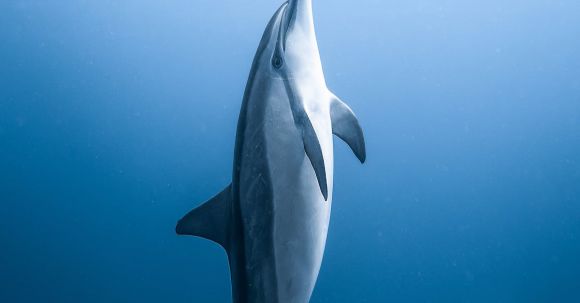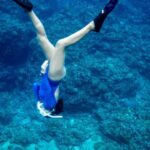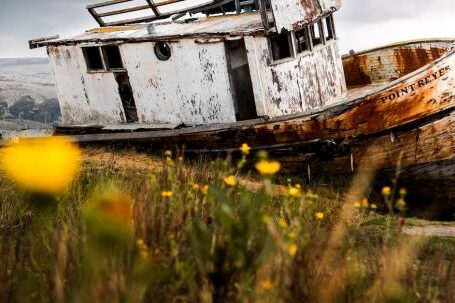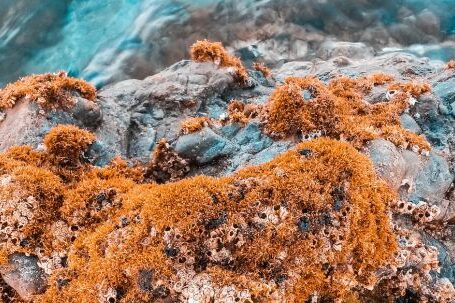Shooting underwater scenes can be a challenging yet rewarding experience for any filmmaker or photographer. The underwater world offers a unique and captivating environment filled with vibrant colors and stunning marine life. To capture the true beauty of these scenes, it is essential to understand and utilize the best camera angles. In this article, we will explore the most effective camera angles for shooting underwater scenes.
Wide Angle Shots: Capturing the Immensity
Wide-angle shots are ideal for capturing the immensity and grandeur of underwater landscapes. This camera angle allows you to showcase the vastness of the ocean, coral reefs, or underwater caves. It provides a sense of scale and depth, giving viewers a truly immersive experience. To achieve the best wide-angle shots, position yourself near the subject and use a wide-angle lens. This will help you capture the entire scene while maintaining sharp focus on the subject.
Low Angle Shots: Creating Dramatic Perspectives
Low angle shots are perfect for creating dramatic perspectives in underwater photography or filmmaking. By positioning the camera below the subject, you can make it appear larger and more powerful. This angle is particularly effective when shooting large marine animals, such as sharks or whales, as it adds a sense of awe and majesty to the scene. To capture compelling low angle shots, get as close to the subject as possible and shoot upwards.
Overhead Shots: Unveiling Hidden Beauty
Overhead shots are a fantastic way to unveil the hidden beauty of underwater scenes. By shooting from above, you can capture the intricate details of coral reefs, schools of fish, or underwater plants. This camera angle provides a unique perspective that is not often seen by the naked eye. To achieve the best overhead shots, position yourself directly above the subject and shoot straight down. This will allow you to capture the full extent of the scene and highlight its intricate details.
Eye-Level Shots: Establishing a Connection
Eye-level shots are essential for establishing a connection between the viewer and the subject. By shooting at the same level as the subject, you can create a sense of intimacy and familiarity. This camera angle is particularly effective when shooting underwater creatures, as it allows viewers to see the world from their perspective. To capture captivating eye-level shots, position yourself at the same depth as the subject and shoot straight ahead.
Close-Up Shots: Revealing Intricate Details
Close-up shots are perfect for revealing the intricate details of underwater subjects. Whether it’s the texture of coral, the patterns on a fish’s scales, or the expressions on a sea turtle’s face, close-up shots allow viewers to appreciate the beauty of these small details. To capture stunning close-up shots, use a macro lens and get as close to the subject as possible. This will help you capture the fine details while maintaining sharp focus.
In Conclusion: Mastering the Art of Underwater Photography
Mastering the art of underwater photography requires a deep understanding of camera angles and their impact on the final result. By utilizing wide-angle shots, low angle shots, overhead shots, eye-level shots, and close-up shots, you can capture the true beauty of underwater scenes. Experiment with different angles and lenses to find the ones that best convey your vision. Remember to respect the underwater environment and its inhabitants while capturing these stunning images. With practice and patience, you can become a master of underwater photography and share the awe-inspiring wonders of the underwater world with the world.





